




One of the most difficult trail facilities to accomplish is a crossing of an active rail line.
by Stuart Macdonald, Trail Consultant, American Trails
There are many examples of trails crossing railroads at grade in both urban and rural situations. The physical ingredients are signs warning trail users, safety messages, and a surface to allow bike and pedestrian movement while accommodating the rails and flangeways. There are several types of crossing surfaces; see http://safety.fhwa.dot.gov/xings/xing_surfaces.cfm.
Warning signals and even crossing gates to stop trail users when trains are approaching are also in use. Crossing at right angles to the tracks avoids the hazard of bike tires getting caught in the flangeway grooves. The one real danger is where there are two busy tracks to cross. As soon as a train on their side passes, trail users are ready to cross and may not look to see that another train may be approaching on the far track, obscured from view by the first train.

The minimum needed for a rail crossing: trail surface and signs; angled crossing is not optimum; Chattanooga, Tennessee
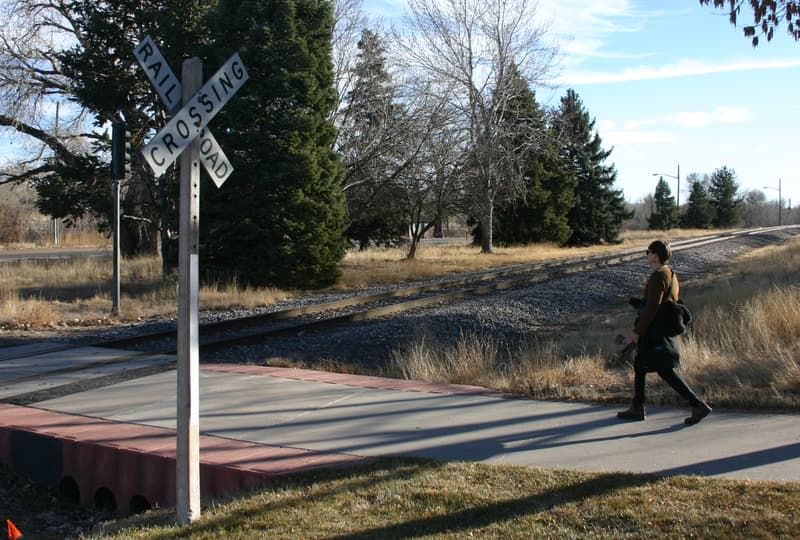
The concrete trail has built-in culverts to accommodate water in the railroad drainage ditches; Denver's Sanderson Gulch Trail
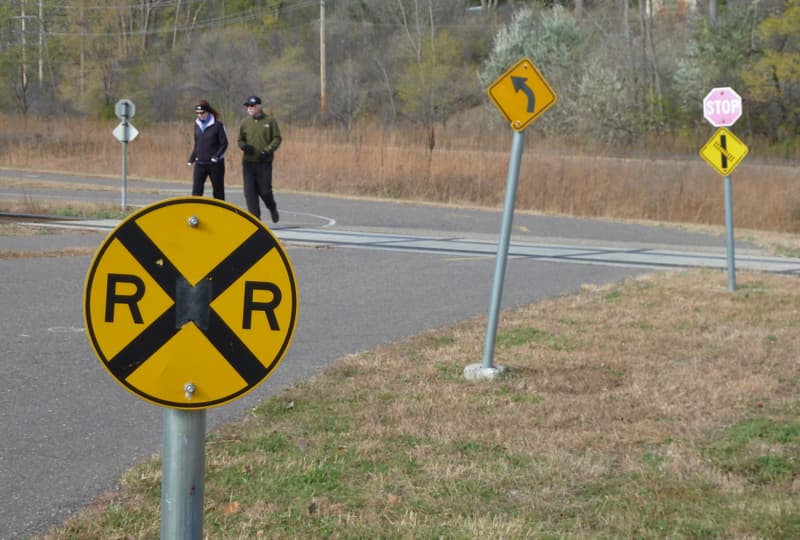
Separate treads for walkers and for bicyclists with small RR crossing signs; Minneapolis Cedar Lake Regional Trail
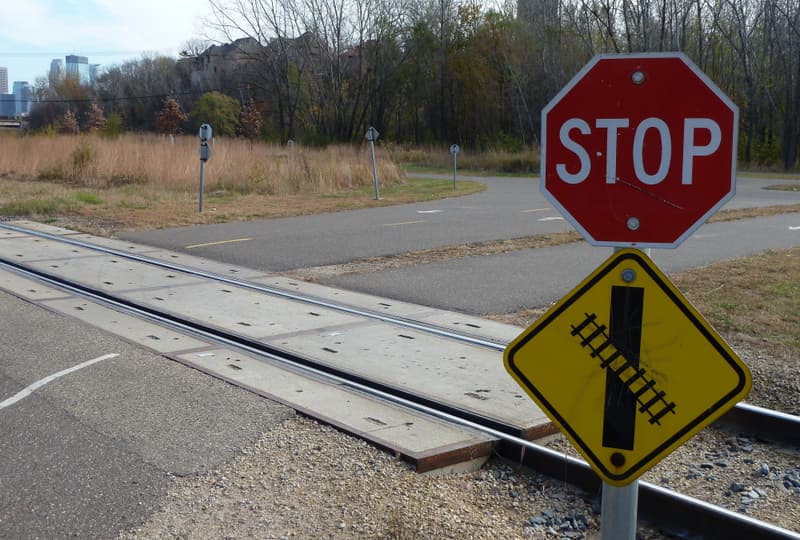
Sign warns trail users that railroad crosses trail at an angle; Minneapolis Cedar Lake Regional Trail
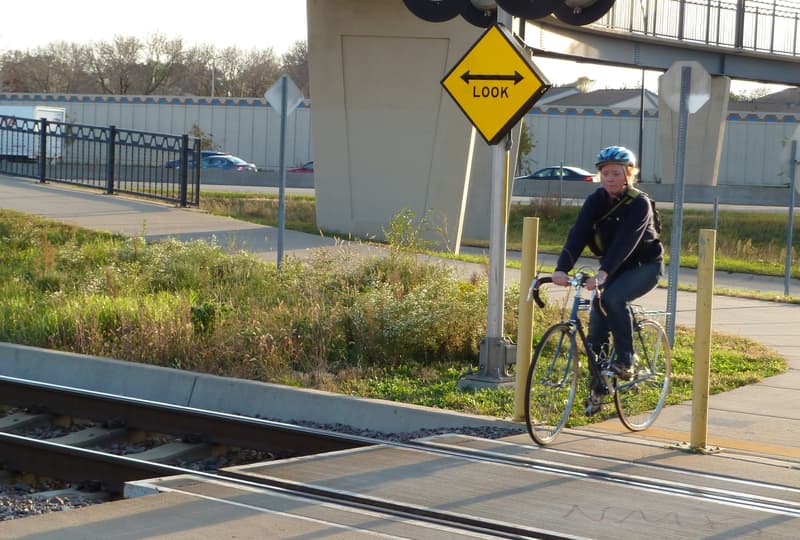
Signs and railroad crossing lights guard trail crossing of Hiawatha light rail corridor; Minneapolis, Minnesota
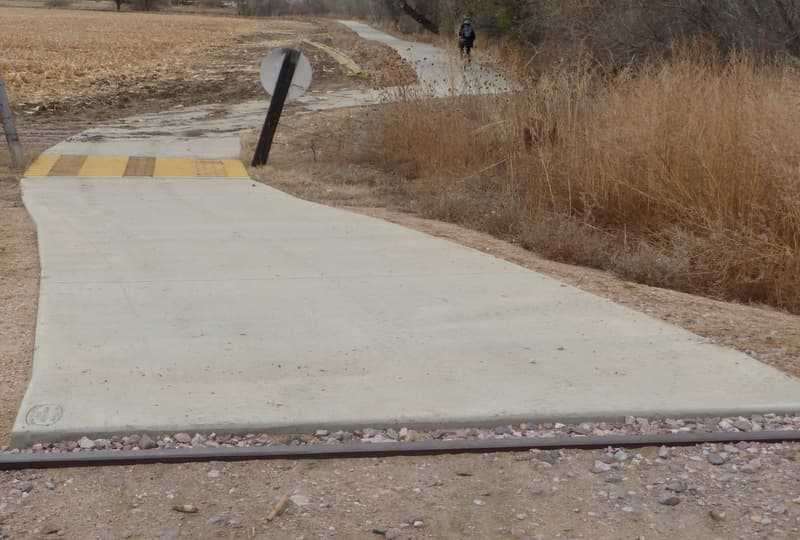
Crushed rock is used between the rails for the trail surface at the crossing; Poudre River Trail west of Fort Collins, Colorado
Blackstone River Bikeway (2017)
posted Apr 19, 2024
The Blackstone River Bikeway is a 48-mile-long route connecting Worcester, Massachusetts with Providence, Rhode Island. The Bikeway generally follows the historic Blackstone River and utilizes an off-road multi-use path and an on-road facility.
posted Apr 17, 2024
This report summarizes guidance and best practices to create safer bicycle facilities and connect them into networks that allow more people to safely bike to more places within and throughout communities.
American Hiking Society National Trails Day® Event Host Guide (2023)
posted Apr 16, 2024
This guide will provide you with the following resources and knowledge you need to plan and promote a successful event for National Trails Day®.
League of American Bicyclists National Bike Month Guide (2023)
posted Apr 16, 2024
May is National Bike Month, sponsored by the League of American Bicyclists, and celebrated in communities from coast to coast. This step-by-step guide will help you in creating a successful Bike Month event in your community, workplace, city or state.
5,697 views • posted 11/14/2019